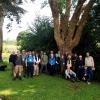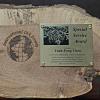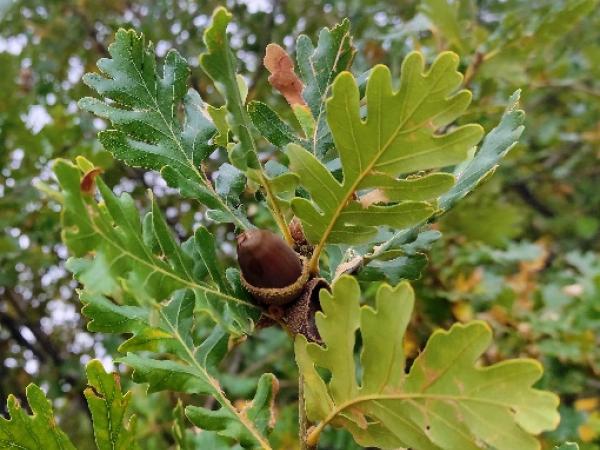Editor's Picks
Plant Focus
The story of Oregon white oak (Quercus garryana var. garryana) is a story of people who are connected with nature, both benefiting and benefiting from these ecosystems. Below are links to articles and other materials that discuss Q. garryana plant communities in the Willamette Valley and the challenges they face.

The conifer forests of northwestern North America are renowned, but the prairies, savannas, and woodlands characterized by Oregon white oak are equally important for the diversity of plants, vertebrates, and pollinators that they support. Particularly in the lowlands located between the coastal mountains and Cascade range, oaks and associated ecosystems are located in areas with relative warm and dry climate, but also with a long history of landscape management by Native Americans. Read more

Descriptions from early explorers and government land survey records document the character and extent of the oak-prairie landscape in the mid-19th century when a wave of white settlement began to overtake the land. In the Willamette Valley alone there were 500,000 acres of savanna, 600,000 acres of oak or oak-conifer woodland, and 1 million acres of prairie. These habitats have since been diminished to a small percentage of their original footprint, with 90% to 98% of the original acreage lost to development, agriculture, plantation forestry, and fire exclusion. Read more

circa 1850", article by John Christy and Ed Alverson, Northwest Science, Vol. 85, No. 2, 2011
The video above is an introduction to the story of oak and prairie conservation in the Willamette Valley. But the same story has played out throughout the range of Oregon white oak in the Pacific Northwest. A collaboration led by Pacific Birds and the Cascadia Prairie-Oak Partnership has developed a business plan titled “Prairies, Oaks, and People” that identifies conservation needs and costs for ecosystem restoration and recovery of endangered species. Read more


















